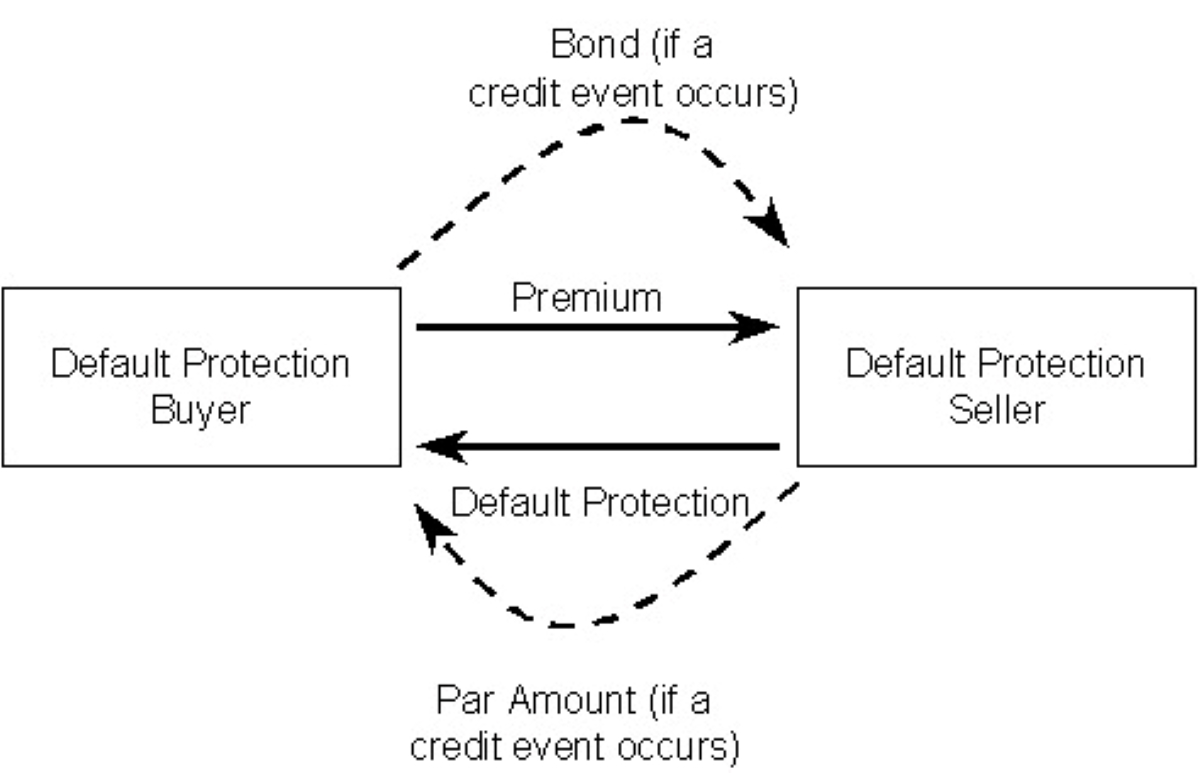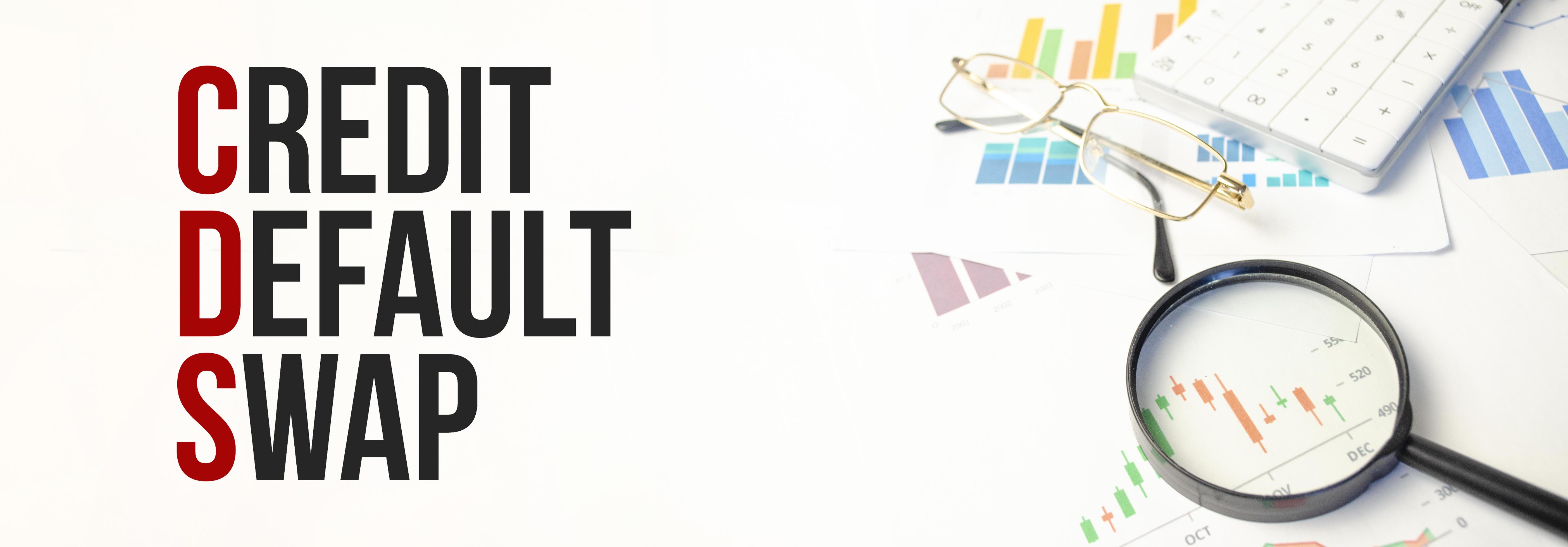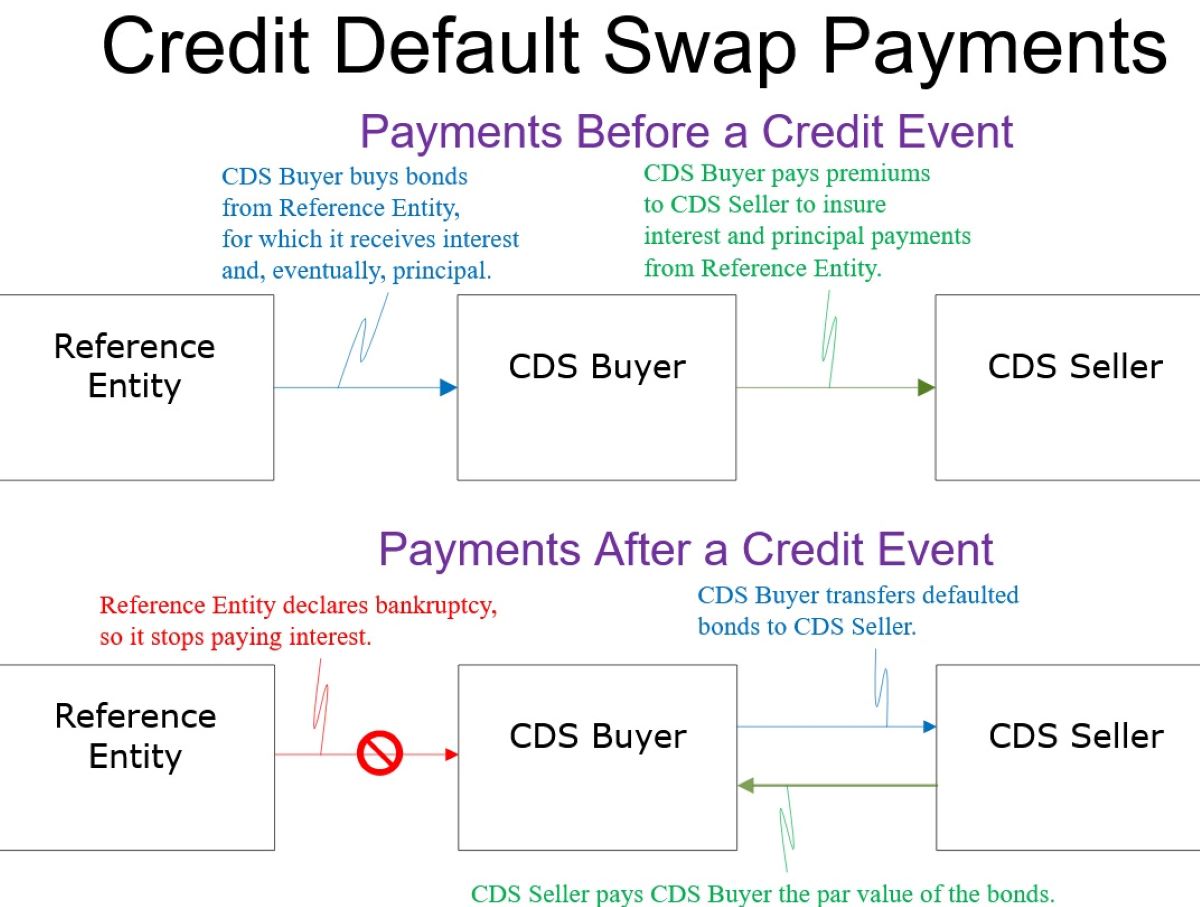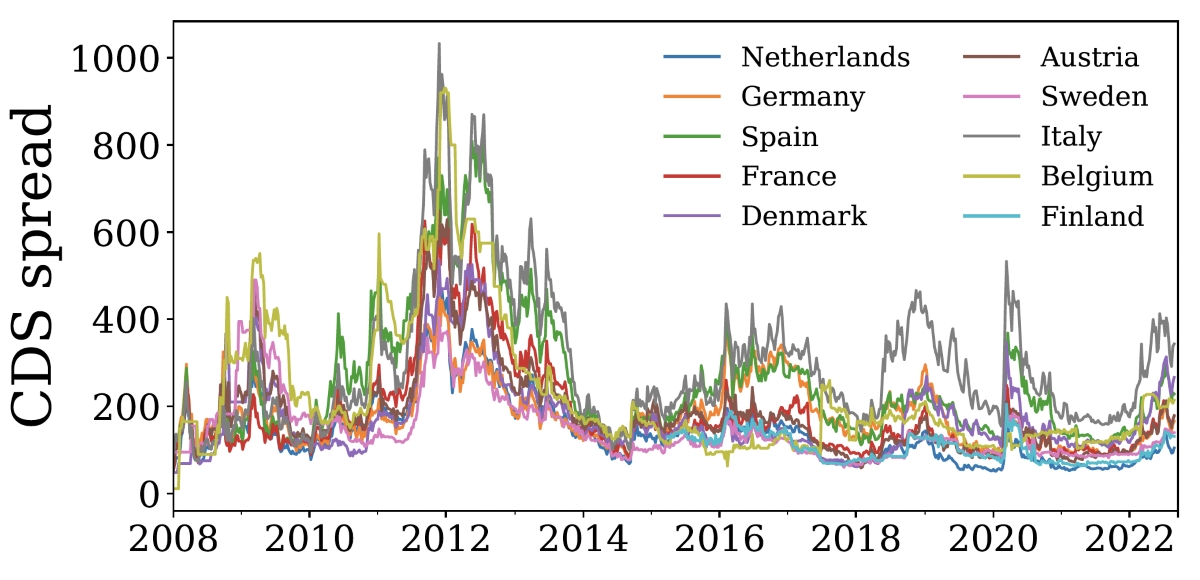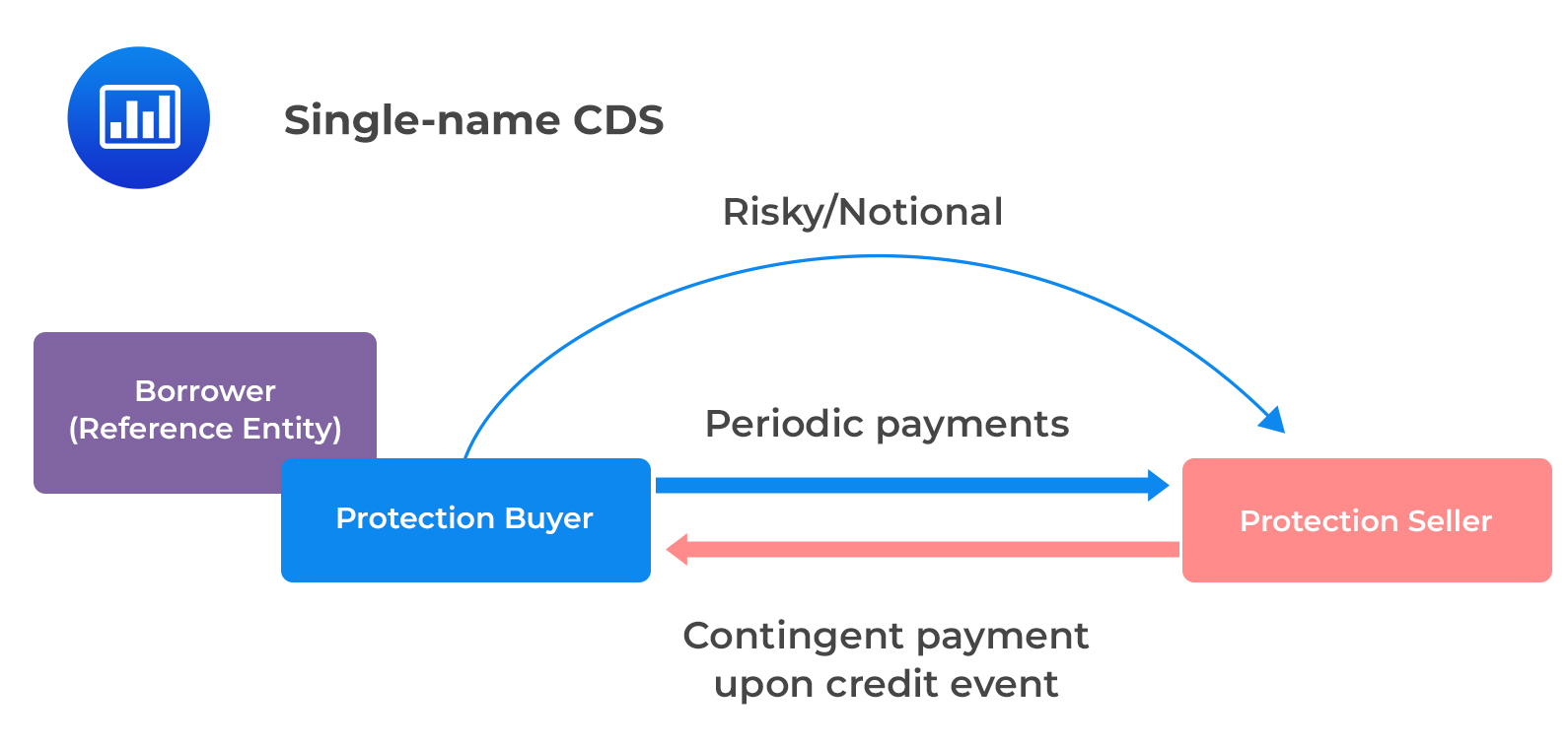

Finance
Where To See Credit Default Swap Data
Published: March 4, 2024
Discover the best sources for credit default swap data in the finance industry. Find where to access reliable and up-to-date information on CDS. Explore the top platforms for tracking CDS data and making informed financial decisions.
(Many of the links in this article redirect to a specific reviewed product. Your purchase of these products through affiliate links helps to generate commission for LiveWell, at no extra cost. Learn more)
Table of Contents
Introduction
Introduction
When it comes to understanding the intricacies of the financial market, having access to reliable and up-to-date data is crucial. This holds especially true for credit default swaps (CDS), which are vital financial instruments used to manage and mitigate credit risk. Credit default swaps provide investors with a means to protect themselves from potential losses resulting from the default of a borrower or issuer.
As the global financial landscape continues to evolve, the demand for accurate and comprehensive credit default swap data has never been greater. Investors, financial institutions, and regulatory bodies rely on this data to assess credit risk, make informed investment decisions, and ensure the stability of the financial system.
In this article, we will delve into the significance of credit default swap data, explore its role in the financial market, and provide insights into where to access this valuable information. Understanding the sources and availability of credit default swap data is essential for anyone involved in financial analysis, risk management, or investment strategy development.
Understanding Credit Default Swaps
Understanding Credit Default Swaps
Credit default swaps (CDS) are financial derivatives that allow investors to hedge against or speculate on the creditworthiness of a particular entity, such as a corporation or government. These instruments operate as a form of insurance against the risk of default on debt obligations. In a CDS contract, the protection buyer makes periodic payments to the protection seller in exchange for a guarantee that, in the event of a credit event, such as a default or restructuring, the protection seller will compensate the buyer for the loss incurred.
One of the key features of credit default swaps is their flexibility, as they can be customized to suit the specific needs of market participants. CDS contracts can cover a wide range of underlying assets, including corporate bonds, sovereign debt, and asset-backed securities. Additionally, they offer the advantage of allowing investors to take either a long or short position on the creditworthiness of the reference entity without owning the underlying debt.
While credit default swaps provide market participants with valuable risk management tools, they have also been the subject of scrutiny due to their role in the 2008 financial crisis. The complex nature of these instruments and the potential for widespread systemic risk have prompted regulators to closely monitor the CDS market and advocate for greater transparency and oversight.
Understanding the mechanics of credit default swaps is essential for investors, financial institutions, and policymakers to effectively assess and manage credit risk. By gaining insights into the functioning of CDS and their impact on the broader financial system, market participants can make more informed decisions and contribute to the stability and resilience of the financial markets.
Importance of Credit Default Swap Data
Importance of Credit Default Swap Data
Credit default swap data plays a pivotal role in providing market participants with valuable insights into the credit risk associated with various entities and financial instruments. The importance of this data stems from its ability to facilitate informed decision-making, risk assessment, and the overall stability of the financial system.
One of the primary functions of credit default swap data is to enable investors and financial institutions to gauge the creditworthiness of specific entities. By analyzing CDS spreads and market sentiment reflected in these instruments, market participants can assess the perceived risk of default associated with a particular borrower or issuer. This information is instrumental in shaping investment strategies, determining the pricing of debt instruments, and identifying potential opportunities or vulnerabilities within the market.
Furthermore, credit default swap data serves as a critical tool for risk management and regulatory oversight. Financial institutions utilize this data to monitor their exposure to credit risk and make informed decisions regarding hedging strategies and capital allocation. Regulators and policymakers also rely on CDS data to conduct systemic risk assessments, identify emerging trends in credit markets, and implement measures to safeguard the stability of the financial system.
Moreover, credit default swap data contributes to market transparency and efficiency. By providing real-time information on credit risk perceptions, CDS data enhances the overall transparency of the financial markets, enabling market participants to make well-informed and efficient transactions. This transparency fosters market liquidity and supports price discovery, ultimately benefiting investors and the broader economy.
Overall, the availability of accurate and timely credit default swap data is integral to the functioning of the financial markets. It empowers stakeholders with the necessary information to assess and manage credit risk, make informed investment decisions, and contribute to the overall resilience and efficiency of the global financial system.
Sources for Credit Default Swap Data
Sources for Credit Default Swap Data
Accessing reliable credit default swap data is essential for market participants seeking to gain insights into credit risk and make informed decisions. There are several primary sources through which credit default swap data can be obtained, each offering unique perspectives and analytical tools for assessing credit risk.
- Bloomberg Terminal: The Bloomberg Terminal is a widely utilized platform that provides comprehensive financial data, including credit default swap information. Users can access CDS spreads, pricing data, and analytics, enabling them to monitor credit risk and market trends in real time.
- Markit and IHS Markit: Markit, now a part of IHS Markit, is a leading provider of financial information and services, offering a range of CDS data and analytics to market participants. Their platforms provide access to CDS pricing, historical data, and credit risk indicators, empowering users to conduct in-depth risk assessments.
- Intercontinental Exchange (ICE): ICE operates credit default swap data repositories that offer market participants access to comprehensive CDS trade data and analytics. These repositories play a crucial role in promoting transparency and regulatory compliance within the CDS market.
- Financial News Websites: Financial news websites and publications often provide insights into credit default swap market trends, developments, and analysis. Platforms such as Reuters, Bloomberg, and CNBC offer valuable commentary and reports on CDS activity, contributing to a broader understanding of credit risk dynamics.
- Regulatory Agencies: Regulatory bodies, such as the U.S. Securities and Exchange Commission (SEC) and the European Securities and Markets Authority (ESMA), publish CDS-related reports, data, and regulatory filings. These sources offer valuable information for conducting regulatory compliance assessments and gaining insights into the broader regulatory landscape.
Additionally, financial institutions and investment banks may have proprietary platforms and research reports that provide specialized credit default swap data and analysis to their clients. These sources often offer tailored insights and research that cater to specific investment strategies and risk management needs.
By leveraging these diverse sources of credit default swap data, market participants can enhance their understanding of credit risk, monitor market dynamics, and make well-informed decisions to navigate the complexities of the financial landscape.
Where to Find Credit Default Swap Data
Where to Find Credit Default Swap Data
For investors, analysts, and financial professionals seeking access to credit default swap (CDS) data, numerous avenues exist to obtain this critical information. Whether it’s monitoring CDS spreads, analyzing market sentiment, or conducting in-depth risk assessments, the following platforms and resources serve as valuable sources for locating credit default swap data:
- Financial Data Providers: Leading financial data providers such as Bloomberg, Refinitiv (formerly Thomson Reuters), and IHS Markit offer comprehensive CDS data and analytics. These platforms provide real-time and historical CDS pricing, spreads, and related market indicators, empowering users to stay informed about credit risk dynamics.
- Specialized CDS Platforms: Platforms dedicated to credit derivatives, such as the Intercontinental Exchange (ICE) and its CDS data repositories, offer market participants access to detailed trade data, market trends, and regulatory insights. These specialized platforms play a vital role in promoting transparency and regulatory compliance within the CDS market.
- Financial News and Analysis Websites: Reputable financial news websites, including Bloomberg, CNBC, and Financial Times, provide valuable insights into CDS market trends, developments, and expert analysis. These platforms offer a wealth of information, commentary, and reports on CDS activity, contributing to a broader understanding of credit risk dynamics.
- Regulatory Filings and Reports: Regulatory bodies such as the U.S. Securities and Exchange Commission (SEC), the European Securities and Markets Authority (ESMA), and the International Swaps and Derivatives Association (ISDA) publish CDS-related reports, market data, and regulatory filings. These sources offer valuable information for regulatory compliance assessments and insights into the broader regulatory landscape.
- Proprietary Research and Reports: Financial institutions, investment banks, and research firms often produce proprietary research reports and market analyses that include CDS data and insights. Clients of these institutions gain access to specialized research tailored to specific investment strategies and risk management needs.
By leveraging these diverse sources of credit default swap data, market participants can gain a comprehensive understanding of credit risk, monitor market dynamics, and make well-informed decisions to navigate the complexities of the financial landscape.
Conclusion
Conclusion
As the financial markets continue to evolve and adapt to dynamic economic conditions, the availability of reliable credit default swap (CDS) data remains essential for informed decision-making, risk management, and regulatory oversight. Credit default swap data serves as a critical tool for assessing credit risk, monitoring market dynamics, and promoting transparency within the financial system.
Market participants can access CDS data through a variety of sources, including leading financial data providers, specialized CDS platforms, reputable financial news and analysis websites, regulatory filings, and proprietary research reports offered by financial institutions. These diverse sources offer valuable insights into CDS pricing, spreads, market sentiment, and regulatory developments, empowering users to stay abreast of credit risk dynamics and make well-informed decisions.
Furthermore, the importance of credit default swap data extends beyond individual investment strategies, as it plays a crucial role in supporting the overall stability and resilience of the financial system. Regulatory bodies utilize CDS data to conduct systemic risk assessments, monitor market trends, and implement measures to safeguard the integrity of the financial markets.
By understanding the significance of credit default swap data and knowing where to find it, market participants can enhance their ability to assess and manage credit risk effectively. Whether it’s evaluating the creditworthiness of specific entities, conducting risk assessments, or contributing to regulatory compliance, access to reliable CDS data is indispensable in navigating the complexities of the financial landscape.
In conclusion, the availability of comprehensive and timely credit default swap data is instrumental in empowering market participants to make well-informed decisions, manage credit risk, and contribute to the overall stability and efficiency of the global financial system.

